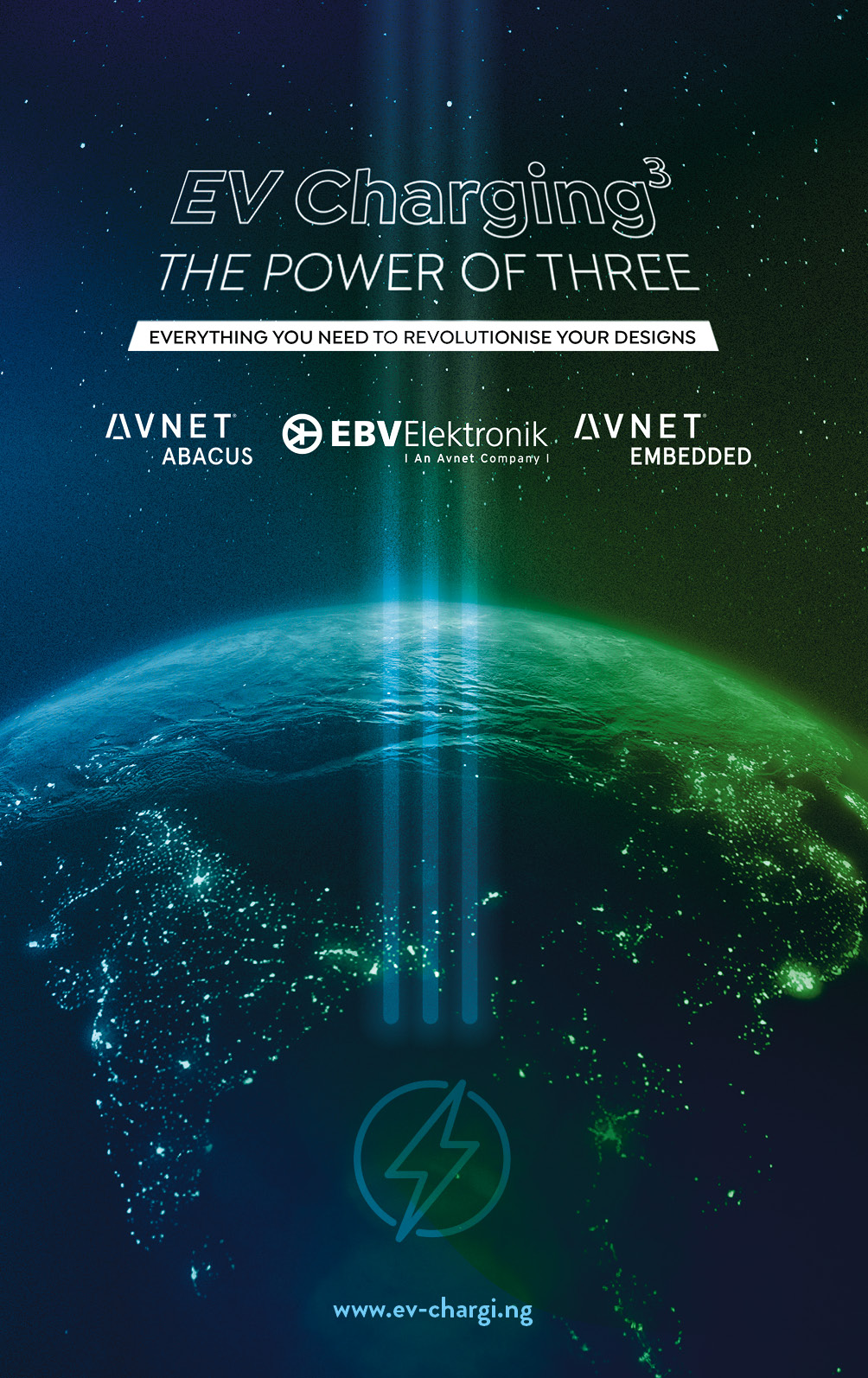A variety of electronic and electromechanical components are required to implement a charging station – from simple plug connectors, sensors and protective elements such as fuses and overvoltage protection to various software solutions.
However, the five most important assemblies are the charging controller, the human-machine interface, modules for connectivity, the power electronics and finally the charging cable with charging plug.
When selecting suitable components, a number of questions must be clarified before actually designing a charging station. A few example questions are shown below.
What standards do the charging cable and plug system have to meet?
Power is transmitted between the electric vehicle and charging station via a suitable charging cable and a corresponding charging plug.
- In which region is the charging station to be set up (type 1 or type 2 charging cable, type 2 charging plug, CSS, Combo, CHAdeMO, etc.)?
- Is AC or DC used for charging?
- What power is used for charging?
What power is to be used for charging?
The power unit is responsible for actually converting the electrical energy from the grid. The power unit defines the charging capacity available (7 kW, 11 kW, 22 kW, 50 kW, 400 kW, etc.) and therefore also the possible charging speed.
- What voltage level is required at the output (400 V, 600 V, 800 V, etc.)?
Which semiconductor device is preferred (module or discrete):
- MOSFET Si: most common circuit breaker in DC chargers with a power of up to 75 kW, high efficiency with fast switching applications and a good price/performance ratioIGBT: suited for inexpensive DC chargers where efficiency and space requirements are not a factor
- SiC: high efficiency and low space requirements – therefore mainly used in DC chargers with an output of more than 100 kW
What functions is the charging controller expected to have?
The charging controller controls and monitors the entire charging process. It communicates with the electric vehicle to be charged, regulates parameters such as charging current, and optionally performs additional tasks.
- Is direct current or alternating current used for charging?
- Is communication between the vehicle and charging station to be carried out using pulse width modulation (PWM) or bidirectionally as per ISO 15118 with power-line communication?
- Is the charging station to provide the “Plug & Charge” function?Is use of or connection to cloud services planned?
- What type of electricity meter is to be installed – an external one via the IMD interface or an internal one?
What type of wireless or cable-based connectivity is required?
Communication modules enable the charging station to be networked and a connection to be established with higher-level management and backend systems. One important task here is protecting against cyber attacks.
- MODBUS, MBUS, RS485, etc.
- 2G, 4G, 5G mobile communication, NBIoT, Cat-M, etc.
- Wi-Fi, sub-GHZ, Lora, WiSUN, etc.
- PLC/RF narrow band hybrid module
What are the requirements of the human-machine interface (HMI)?
The charging station is operated and the charging process, for example, initiated and paid for by the user via the human-machine interface.
- LEDs
- NFC for payment purposes
- Chip card reader
- Security and protection against tampering
- Touch LCD control panel



